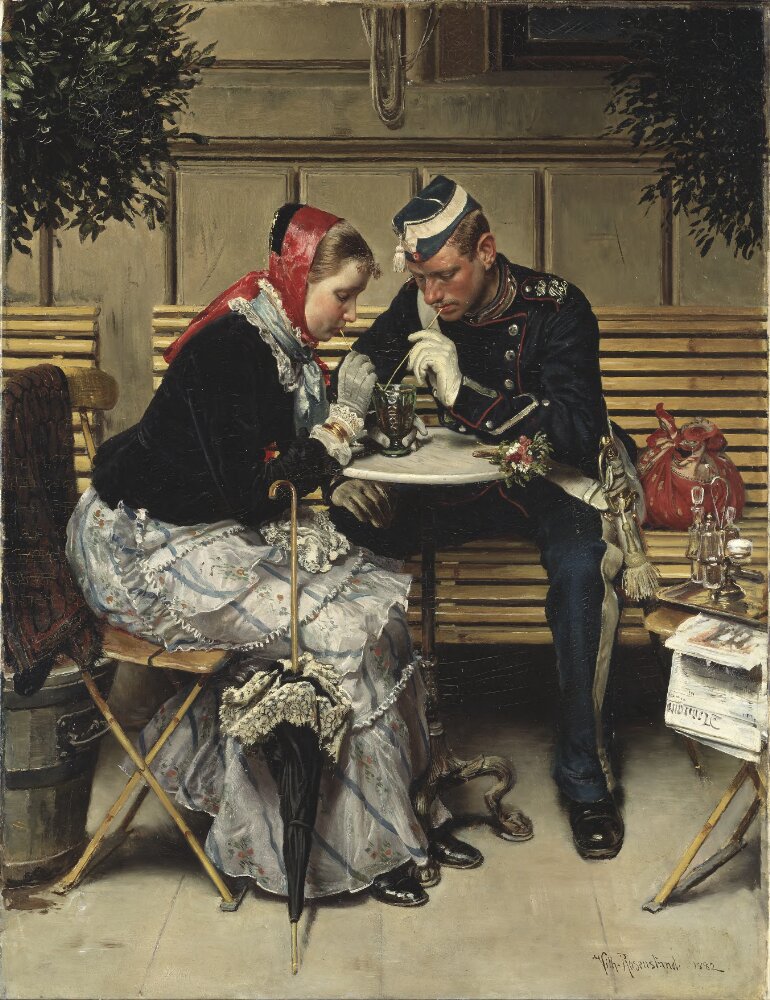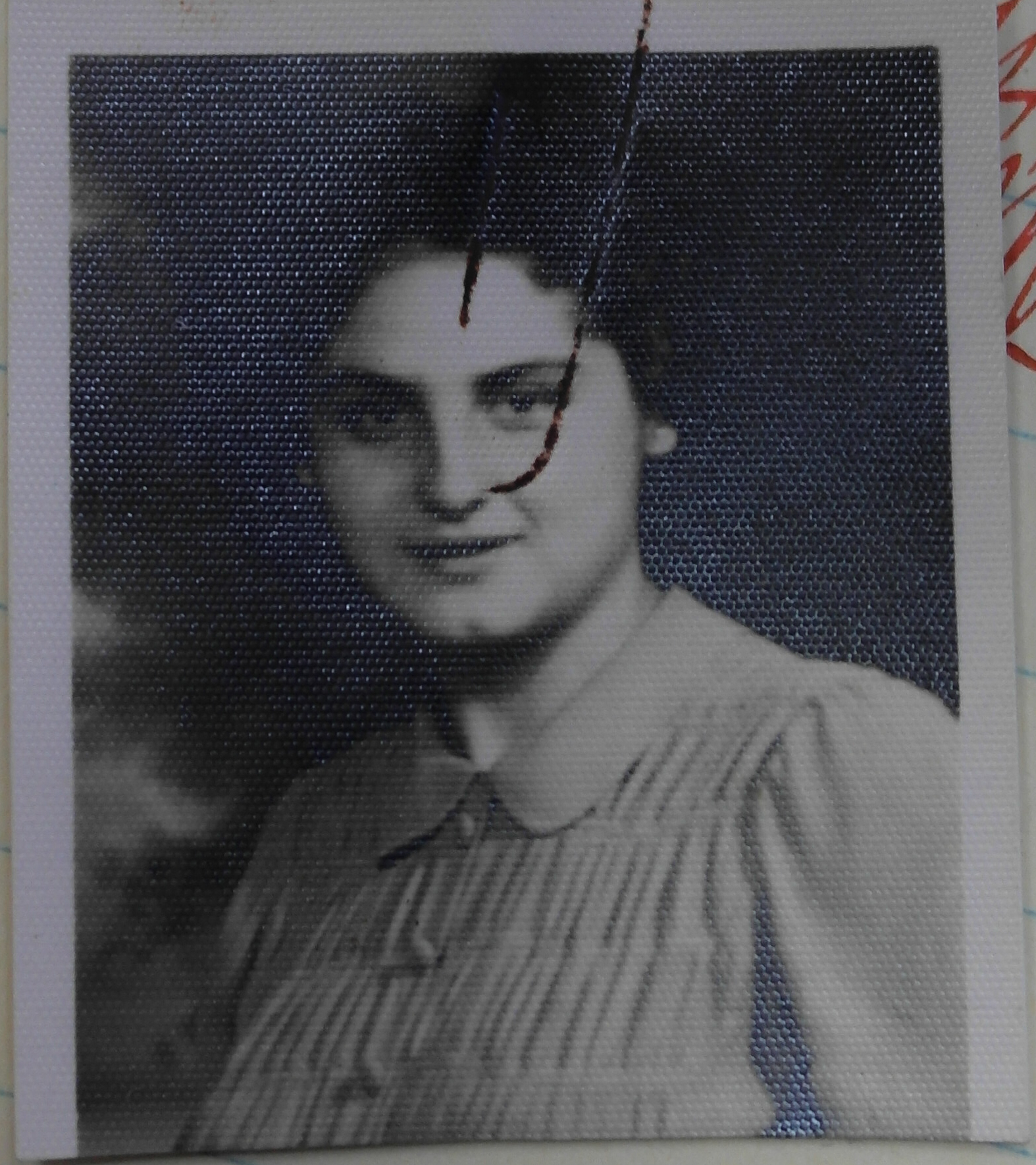This page will interest history educators, developers of search engines for cultural heritage, and history researchers.
Do you want to make history lessons fun and socially conscious? Check out my proposals.
Have you noticed that search engines are not built with cultural heritage in mind? Here is what can be improved.
Can you handle the fascinating, yet harsh, past of the Black Sea and Easter Mediterranean? Find recent research.
History education
I have heard it a thousand times: “I do not remember anything from History in school”. There is a lot we can do better when teaching history; using visual traces of the past is one, writing inclusive history is another.
I did both. I brought together paintings from European museums and researched academic papers to show the cultural exchange between Muslim and Western societies around something we love: coffee. I edited and contributed to two further visual and textual collections.
These collections are part of the Europeana DSI-4 Project, which was co-financed by the European Union Connecting Europe Facility, and make use of sources from the Europeana Collections.
Authored

History of Coffee How did coffee become a global commodity?
Co-authored
.%20.png)
People at Work How did the Industrial Revolution affect working conditions?

Greek inventions In what ways did Greek inventions affect later development in European life?
Contributed

Great Famine in Greece 1941 – 1944
Why do people choose to collaborate or resist under Occupation? Vassiliki Giannou creates a Learning activity by collecting a Variety of Viewpoints to answer a painful Greek topic. I was honored to add historical sources. The activity was part of the Learning to Disagree project which is co-funded by the Erasmus+ Programme of the European Union.
Research
Authored | Social History

Peoples of Central Asia 1700-1750
No one talks about him. Yet, his story is unique. Vasileios Vatatzis was a Greek merchant who traveled Europe and Asia, almost died crossing from Astrakhan to Khiva, mapped Central Asia and gave his map to Oxford University.
He wrote his travel experiences in verse (!) in his work Voyages. I analyse this piece in my dissertation. Vatatzis talks about peoples of Central Asia, their habits and political situation, often adding funny commentary.
What I did there:
Checked which of Vatatzis claims confirm, complement, or contradict secondary sources for Buddhist Oirat Peoples of Central Asia (Mongolic): Kalmyks, Dzungar Oirats, and Zophēdes (probably referring to Khoshut Oirats); and Turkic Muslim People of Central Asia: Karakalpaks, Kazakhs, Turkmens, Bashkirs.
Translated passages of historical interest into English.
Mapped the travels.
Authored | Digital Humanities
Digital innovation in History Education, part of Europeana DSI-4 Project
Framework on improving discoverability, part of Europeana DSI-4 Project.
These studies addressed the following questions:
What makes a historical source useful for educational purposes? I asked history educators from 14 countries to find out.
What makes a historical source easy to find? I tested historical search terms to find out.
Short answer: Description and context. Think of how much is enough and double it. Add metadata and search filters on the time period and the country the source refers to.
Contributed

I located historical places to a modern map and translated historical terms for the “Jewish schools of Thessaloniki 1930–1945” research by the Jewish museum of Thessaloniki.